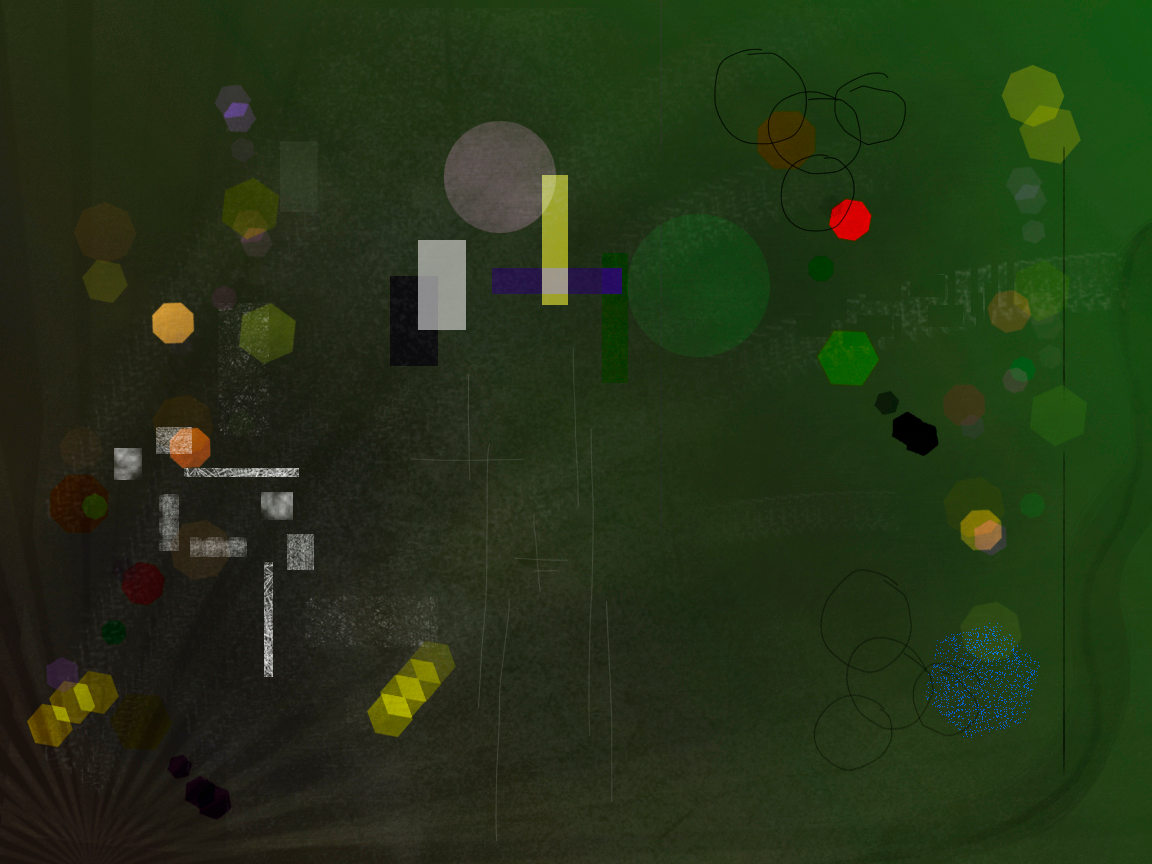The “anachronism” is our epochal hallmark. We cannot touch anything without leaving our mark on it. Like a suit of biological contamination: nothing penetrates it, and infects everything it touches.
Techno-scientific rationality has its hierarchies and modes of truth generation, circuits of circulation and recognition. A laboratory “truth” requires the participation of various experts, groups, specialized journals, etc. However, this was not always the case, in baroque science and at the dawn of the Scientific Revolution there was the isolated natural philosopher.
The truth-generating processes were hardly institutionalized, and the work was carried out with great independence and outside the official system. Sometimes with strong opposition. The forms of truth were held in modes of relation to still feudal environments. However, all the “fathers” of science had this profile: lonely aristocrats or artisans from an absolutist and semi-feudal world.
The demolition of the rationalities of the Old Regime had as a consequence the development of a new form of prevailing rationality. Techno-scientific rationality, more than a science project, I understand it as a global project of explanation and justification of reality as a whole.
Scientist thought has a narrative that erases origins and raises an “eternal present” turned into a comprehensive “grid” of all things. This presenteeism creates an explanatory circularity of ourselves (one-dimensionality). A current, factitious and historical state of affairs thus becomes a logical structure of reality, a-historical and with the apparent explanatory force to carry it as a norm for any historical period.
The “presumed” resolution of all logical, metaphysical or even religious problems, in our time extends towards ethics: “We have solved the ethical problems” and if it has not been done it is because “now” we know that it is not possible. The presumed techno-scientific ability to solve all problems becomes ideology, and as a ideology it gives us from the future the complete peace of mind of having achieved all the solutions, even though we do not have them today.
“Scientism” appeals to a closed universe in terms of possible explanations, these will always be of a certain type and also if they do not exist today, they will inevitably exist in the future. Although everything is not explained, it is only a matter of time, that is: with the security of having a “method” that will allow the abolition of darkness, the present, the past and the future lose their essence and are piled up. in a “total present.” Present that essentially expels any alternative option.
It is a form of truth that advances by accumulation or sometimes by substitution. It is parallel to the logic or form of rationality of industrial society itself. We are told that we accumulate “potentials” because the path of development is the right one, or in a publicity stunt, we have to “change” the paradigm in order to continue on the same path of progress.
In this sense, the periodic crises of the Ebola virus are significant. The protection protocol requires an “outside” radical and an “inside” radical. The necessary minute routine of dressing and undressing is a good metaphor for the minute scrutiny of techno-scientific reality. In addition to being a protocolized, meticulous and repeatable behavior. A method that will protect us from asking questions that can be infectious to the balance of the environment itself.
The countries of the so-called Third World continue to be external spheres, where rationality has not yet taken hold and from which all the ghosts of the past can emerge. The mass media create the borders, indeed, they generate the false feeling that there is a border, an exact limit that the “zombies” could be constantly exceeding. Therefore our “anachronism” is a relative of our traditional “xenophobism”. Although the concept of the Third World itself is already anachronistic, it has become a children’s parable to generate limits and terrors of all kinds.
The past for us presents a double problem, on the one hand we have to explain it from ourselves and our time, but we are also aware that our origin resides in it. How can a closed and absurd past be our father? Selecting isolated figures and decoupling their activities from their whole, like arrows pointing to us, or rather towards the selection created by ourselves.
The marking lines of the past towards us are discursive constructions of a demonstrative and teleological nature. The present was there, but it had not yet developed. Its purpose was latent and the task of History is to show its slow maturity.
Between the end of the 19th century and the beginning of the 20th, philosophy experienced difficult moments, in which it seemed that the scientific project did not leave room for philosophical reflection. The rescue made by Nietzsche’s avant-gardes opened an opening in the wall, which is still open. To the roar of artillery, the stench of the trenches and the smell of mustard gas showed the not exceptional nature of the war in the humanist journey, but rather, its gruesome continuity.
Genealogist thinking has tried to use the synchronic accumulation of discourses to discover their formation and cause their deformation by opening the closed circle. All the philosophies that introduce history produce a certain indigestion to the truth. The truth is that it does not like its history and our techno-scientific world is not interested in its own, except for one that generates an unequivocal direction towards itself. It introduces uncertainty and relativity, as well as room for other forms of rationality.
Anacronismo, unidimensionalidad y racionalidad tecno-científica
